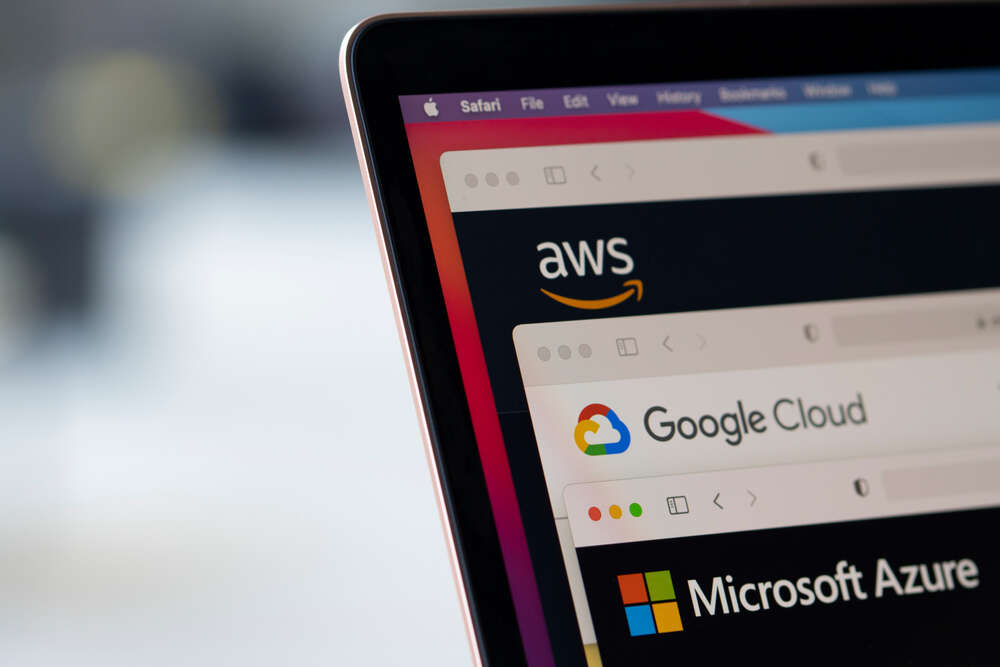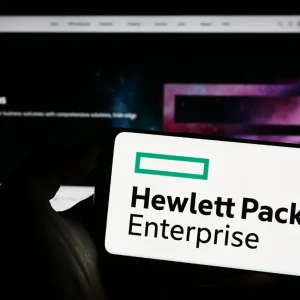
Cloud computing is an ever-growing slice of many organisations’ operating costs. The mass adoption of AWS, Microsoft Azure and Google Cloud Platform is well-underway. As with any cost, an organisation’s finance chief will want to ensure they are minimising waste and getting the most value out of their expenditure.
So how should CFOs keep cloud costs under control? And how can they interact with technology leaders to obtain the optimal technical and financial solution for the business? In my experience, there are four temptations that CFOs face when it comes to cloud cost optimisation. All must be considered carefully.

How can companies control their cloud costs?
The first temptation is to put pressure on the CIO or CTO to reduce cloud usage. If phrased badly, this will make it appear that the CFO doesn’t understand the value of cloud. Cloud computing is an enabler for the business, and more usage means greater productivity. Having said that, cloud servers are often left running after they’ve been used so it’s entirely reasonable to ask the CTO whether they’ve spared developer time to check that all the most expensive usage is being used productively.
It’s important to note, however, that it can be a false economy to check that all the usage is being used productively. The time spent checking and optimising minutiae will cost far more than the usage being optimised.
It is also important to note that the IT department is operating under several competing constraints, only one of which is cloud cost. If the services they are running fall over, at best staff productivity is impacted, at worst revenue falls off a cliff. CTOs are doing their best to digitise their businesses, and developer time may well be a far more severe constraint on the business than cloud costs.
Cloud usage optimisation
The second temptation is to put pressure on the CIO or CTO to optimise usage. This may sound very similar to reducing usage, but there is a subtle difference. Technical changes to the way in which cloud services are provisioned can deliver both increased technical performance and significant cost savings.
Again, a word of warning for CFOs who wish to remain on friendly terms with their technology leader counterpart: the “right” way to build a cloud service changes constantly. One driver is the scale at which a customer is operating in the cloud – as you grow, you pass tipping points in cost-performance trade-offs. The other driver is the frenetic pace of innovation by these competing cloud vendors. Thousands of changes are made to existing services every year, and thousands more new capabilities are added too.
Just because the CTO continually asks for a budget to make changes to their cloud infrastructure, it does not mean that they keep making mistakes.
Your organisation may have migrated to AWS when AWS EC2 was new. Your IT department can then be forgiven for failing to take advantage of AWS Lambda, its serverless offering, which was only launched eight years later, and is now a mature service that competes with EC2 for certain workloads. To optimise for the new “right” way of operating in the cloud requires technical changes – some trivial, sometimes major – which themselves have a cost to implement. Just because the CTO continually asks for a budget to make changes to their cloud infrastructure, it does not mean that they keep making mistakes.
Cloud pricing
A third temptation is to put pressure on the CIO or CTO to optimise their cloud usage for price. This is easy to ask for but difficult to do in practice, as focusing on the unit price of cloud services can lead to more false economies.
For example, ‘spot instances’ or ‘pre-emptible VMs’ can be up to 90% cheaper than “on-demand” virtual machines, on the face of it at least. But they can be turned off by the cloud vendor, often at short notice. They are therefore not suitable for many applications, at least not without considerable – and potentially costly – rearchitecting.
Reserved instances can be priced up to 60% cheaper, but you need to use those reserved resources continuously for three years for the full discount to be realised. In that time, the “right” cloud configuration for your organisation may well change, so that 60% discount may come at the cost of financial or technical disadvantages. Savings Plans are more flexible than reserved instances but offer a lower discount as a result.
The perfect cloud pricing strategy is a complicated blend of all the above. There are tools that help you determine the right approach but most over-simplify the challenge, leaving the risk with the customer. If your CTO has not fully optimised their cloud usage for price, they are most likely wrestling with competing priorities.
Cloud spend commitments
The last temptation is to strike a spend commitment deal. For some cloud vendors, it’s possible to negotiate a flat discount on cloud invoices, in return for a multi-year spend commitment. It may be tempting to take such a deal without troubling the CIO or CTO – but don’t!
It is often worth striking a spend commit deal if your organisation has the scale to warrant one but they typically require a commitment to growing your spend. As a CFO, you are unlikely to know how well cost-optimised your organisation’s current cloud spend is, and there may be untapped opportunities to optimise costs beyond what is on offer from a spend commit deal.
So what can a CFO do to help their technology leader counterparts optimise their cloud spending? Firstly, don’t expect perfection – it isn’t possible.
Secondly, ensure that they have several types of budget available to them: OpEx to pay for the bulk of the cloud costs; advance budget to allow prepayment when it confers a significant financial advantage; FX budget if you are outside of the US, because all the pricing is usually fixed in USD, and a professional services budget: the ability to pull in third-party cloud expertise from time to time can save a fortune.
This includes help with cloud financial operations – the buzzword is “Cloud FinOps” – which can help with all of the above and more. Some FinOps specialists, such as Strategic Blue, even offer the entry-level tier of their FinOps services for free.






